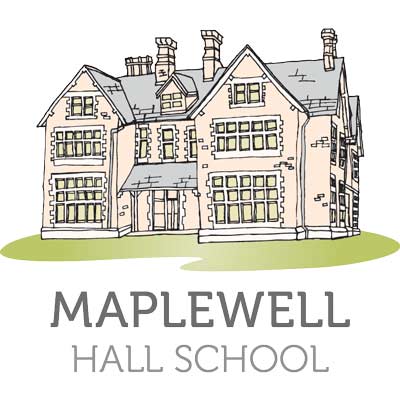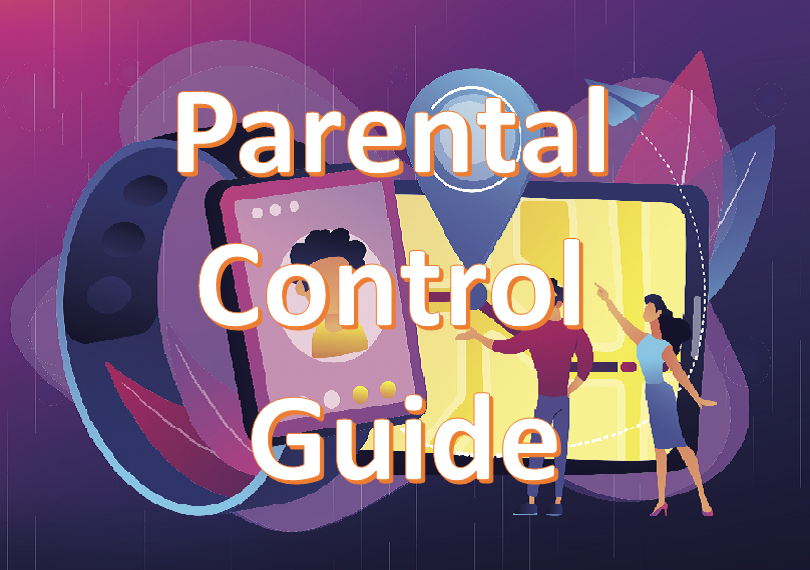What is e-safety?
E-safety is a phrase that many people will have heard of but how many know what it actually means?
E-Safety at a simple level means using the Internet and technology safely.
School has a responsibility to keep children safe online. Keeping children safe online means protecting them from inappropriate and/or harmful:
- CONTENT such as violent, gory, graphic, hateful, or extremist material; pornography, sexualisation of culture, body image norms; age-inappropriate, user-generated or marketing content, mis/disinformation, and ‘fake’ news.
- CONTACT such as harassment, stalking, hateful behaviour, unwanted surveillance; Sexual harassment, sexual grooming, generation and sharing of indecent and/or abusive material; Ideological persuasion, radicalisation and extremist recruitment.
- CONDUCT such as bullying, hateful or hostile peer activity such as trolling, exclusion or shaming; Sexual harassment, non-consensual sexual messages, sexual pressures; potentially harmful user communities such as self-harm, anti-vaccine or suicide groups.
- COMMERCE such as Identity theft, fraud, phishing, scams, blackmail; Sextortion, trafficking for the purposes of sexual exploitation, streaming child sexual abuse; Information filtering, profiling bias, polarisation, persuasive design.
Why is E-Safety So Important?
The Internet is a huge part of our lives. Whichever way you look at it, it has grown to influence every nook and cranny of our society and the way that our children engage with the world. Our parents used to warn us about ‘stranger danger’, now we teach our children the same lessons, but for a huge, ever-evolving environment. Our young people enjoy spending time on the internet and interacting with their friends and peers online, but this also means that they are exposed to the risks associated with online content, contact, conduct and commerce.
E-safety at Maplewell
We take E-Safety very seriously at Maplewell Hall School. It is taught in ICT lessons at key stages 3, 4 and 5. It is also taught as part of the P4A curriculum. E-safety is a regular feature of school assemblies and staff receive regular training in e-safety.
However, most of our students access to the Internet is outside of school and therefore we have created this page as a resource for all parents to support them and ensure they have the skills, knowledge and understanding of e-safety to enable them to keep their children safe in the digital world.
TOP 10 TIPS FOR PARENTS
1) Use internet filtering software and child-friendly search engines. Use your web browser's controls as some offer differing degrees of security for each family member.
2) Check out what child protection services your Internet Service Provider (ISP) offers - do they filter for spam, for instance? If not, ask them why.
3) Keep the computer in an area of the house where it's easier to monitor what your children are viewing.
4) Tell children not to give out their personal details. If they want to subscribe to any services online, make up a family email address to receive the mail.
5) Children love to chat, but make sure they only use moderated chat rooms and encourage them to introduce you to their online friends.
6) Encourage your children to tell you if they feel uncomfortable, upset or threatened by anything they see online.
7) Involve your children in writing your own family code of acceptable internet use. Remember that what's acceptable for a teenager isn't necessarily OK for a primary school-aged child, so get their input.
8) Computer kit is expensive so bear in mind that a child with a device may be vulnerable when carrying it.
9) The Internet's a great resource for homework, but remember to use more than one site in research to get broad, balanced information and always reference your research sources.
10) Surf together. Go online with your children and become part of their online life. The key to safe surfing is communication.



